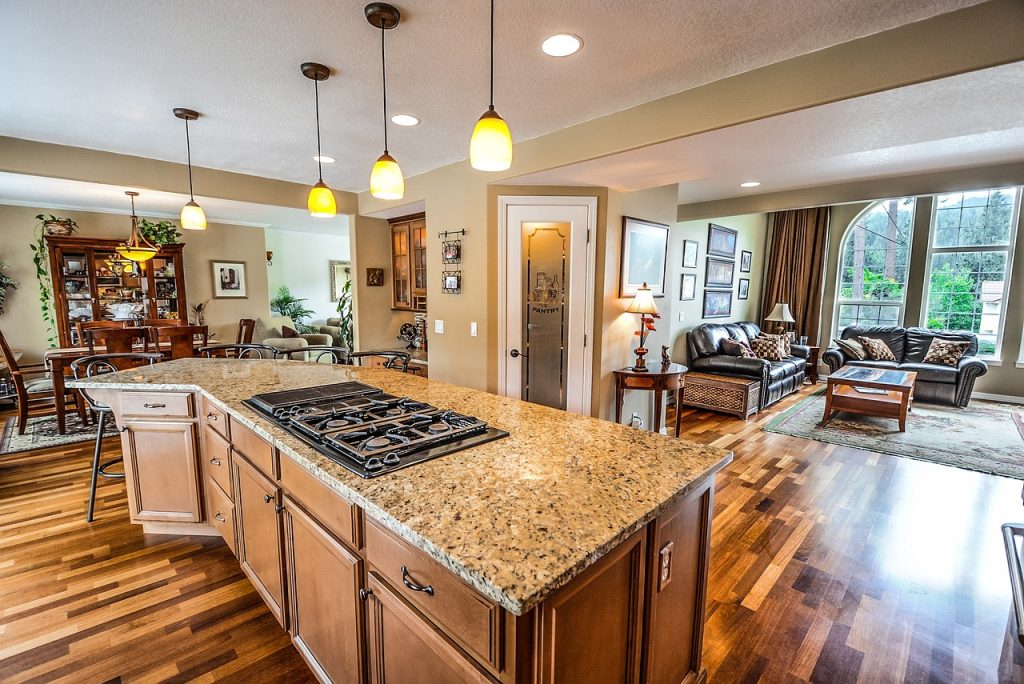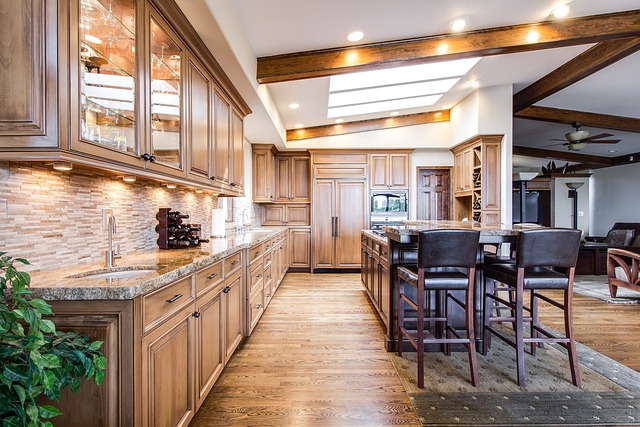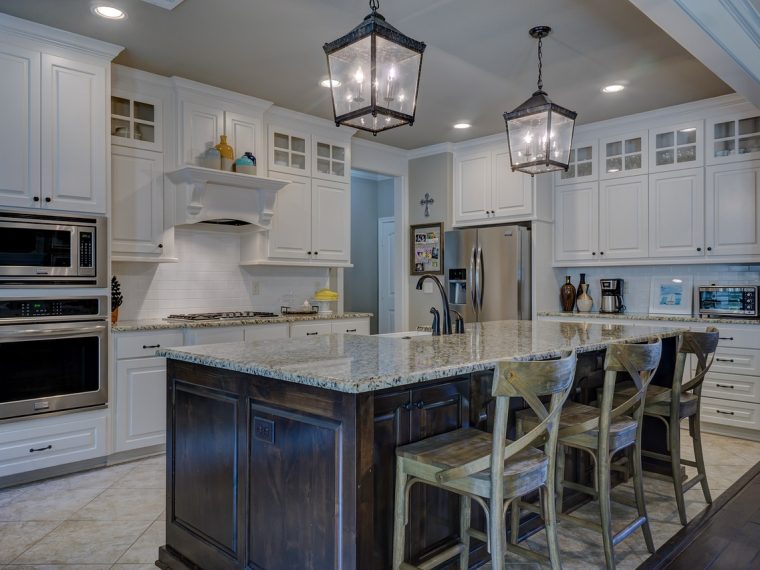The kitchen is one of the busiest rooms in the house, and it can also be one of the most problematic. From leaks and spills to clogged drains and overflowing garbage cans, there are a number of potential problems that can arise in any kitchen. If you spend too much time on Spinia, you may not notice these problems.
Dripping Faucet
If your faucet is dripping, there are a few things you can do to fix it. First, check the washer to see if it is damaged. If the washer is damaged, you can replace it. If the washer is not damaged, then you may need to replace the O-ring. The O-ring is located under the handle. To replace the O-ring, remove the handle and unscrew the nut that holds the O-ring in place. Put the new O-ring in place and screw the nut back on. Once the O-ring is in place, reattach the handle and turn on the water to see if the dripping has stopped.
Sensitive Smoke Detector

If your smoke alarm is too sensitive, there are a few things you can try to fix the issue. First, you can try to clean the sensor. If that doesn’t work, you can try to adjust the sensitivity. You can also try to reset the alarm.
Noisy Kitchen Hood
If your kitchen hood is making more noise than usual, there are a few things you can do to try to fix the problem. First, check to see if there is anything blocking the airflow, such as a build-up of grease or dirt. If there is, clean it off with a degreaser or other cleaning solution. If the problem persists, you may need to replace the fans or other parts of the hood. Consult a professional if you are unsure of how to proceed.
Foul Odor In Refrigerator

If your refrigerator has a foul odor, don’t worry—there are a few things you can do to fix the problem. First, check the seals on your fridge door to make sure they are tight. If they are not, replace them. Next, clean out your fridge completely, including the shelves and drawers. Wipe down the inside of the fridge with a solution of 1 part vinegar to 3 parts water. This will help to remove any build-up of grime and bacteria. Finally, place a bowl of baking soda inside your fridge to help absorb any lingering odors.
Damaged Cabinet Surfaces
If your cabinet surfaces are damaged, there are a few things you can do to fix them. Depending on the severity of the damage, you may be able to sand and refinish the surfaces, or you may need to replace the damaged panels.
To sand and refinish cabinet surfaces, start by removing all hardware and sanding down the surfaces with fine-grit sandpaper. Next, apply a base coat of paint or stain, followed by a top coat of your desired finish. Allow the surfaces to dry completely before replacing the hardware and using the cabinets.
If the damage to your cabinet surfaces is extensive, you may need to replace the damaged panels. Start by measuring the damaged area and cutting a piece of replacement paneling to fit. Attach the paneling to the cabinet frame with screws or nails, then sand, paint, or stain the surface to match the rest of the cabinets.


